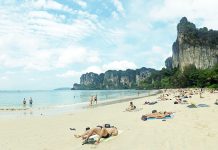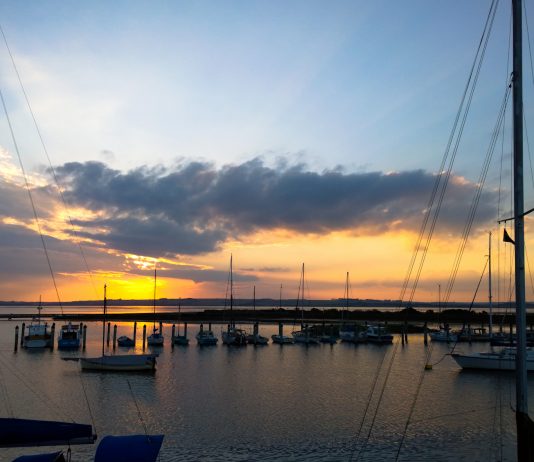Skin cancer claims more than 2,000 Australian lives a year. Because of this damning statistic, Australians and tourists are constantly reminded of many preventive measures. These preventive measures include the importance of sunscreen, covering up, staying in the shade and skin cancer prevention. An issue that isn’t discussed as much is the importance of protecting sensitive eyes from the harmful rays all-year round.
Most Australians only pay attention to skin and eye care during the sunny summer months. However, harmful rays can still damage eyes during the winter months. Snow blindness is a common problem among winter sport enthusiasts and for some other people as well. When the sun reflects off the snow onto the eyes, it can greatly damage the cornea. This form of snow blindness can be quite painful and will last a few days. Snow blindness is a reminder that skin and eye protection is a full time job.
How to Prevent Eye Damage?
Eye damage can be prevented in various ways. Investing in a pair of sunglasses that meet the Australian Standard AS1067 is the first step. Sunglasses with the Australian Standard shades will block 95% of UV rays. Also, it is important to invest in a pair of sunglasses that fits your lifestyle and level of activity. The lenses should also be a concern. In the commercial market, there are two types of lenses – the polarized and tinted. Tinted glasses will remove minor glare. In some tinted glasses, UV rays can be blocked while some don’t. Images through tinted lenses are also quite grainy and not as clear as polarized lenses.
Types of Polarized Lens
Polarized lenses come in two different thicknesses: 0.75 mm and 1.1 mm. The thinner of the two, 0.75 mm, is more delicate but offers better glare reduction and higher polarization. These lenses are good for low impact activities like walking around town or even hiking. The thicker version of lenses, the 1.1 mm, are more durable. These lenses also tend to be more expensive. The 1.1 mm lens is best for sport lovers who want resilient shades that can withstand damage or force.
Whether the sunglasses have a polarized or tinted lenses, they should fit snugly on the face. When participating in a high – energy activity, wrap around glasses are also handy to have.
Cosmetics and Headgear
Apart from sunglasses, another great way to protect the eyes is using cosmetics and SPF-rated facial products especially for women.
Today, many cosmetics provide SPF protection with varying levels of SPF. For women who are conscious about the sun’s effects on their face, two layers of SPF foundation can make a big difference. When shopping, facial products with an SPF rating of 8 or higher are best. When using cosmetics with SPF, it’s best to apply them near the edges of the eyes for a more thorough protection.
As for other parts of the face, steer clear of lipstick with a glossy finish. The gloss in the lipstick acts as baby oil on the lips and attracts the sun’s harmful rays. There are many anti-aging eye products on the market but not all have an SPF rating or preventative and effective. It is important to make sure the product does not just heal but prevents as well.
When it comes to sun damage, shade is everyone’s best friend. Floppy beach hats, visors and caps provide an additional layer of coverage. With the proper protection, people can enjoy the outdoors while preventing possible sun damage. The sun is powerful and its rays affect us every day. A solid pair of sunglasses on your face can easily help protect delicate eyes.
Photo by: Randy Robertson






























